Working with dogs has given me a deep appreciation for the unique qualities of different breeds. Just last week, my neighbor adopted a Cocker Spaniel Poodle Mix, often called a Cockapoo, named Lucy. From the moment I met Lucy, I was struck by her playful energy and the way her curly fur bounced as she romped around the garden. It was clear that she inherited the best traits from both her Cocker Spaniel and Poodle parents. Lucy’s friendly demeanor and intelligent eyes reminded me why Cockapoos are considered such ideal companions for a variety of households.
In this article, I’ll take a closer look at the Cockapoo, covering everything from their personality and physical traits to their healthcare needs and how to ensure they lead a happy, fulfilling life. I’ll also touch on why Cockapoos make such wonderful pets and what potential owners should consider before bringing one into their home.
TABLE OF CONTENTS
- Cockapoo Quick Summary
- Cocker Spaniel Poodle Mix Parent Breeds
- Cocker Spaniel Poodle Mix Physical Characteristics
- Cockapoo Personality and Temperament
- Cockapoo Puppies
- Cocker Spaniel Poodle Mix Care Guide
- Cockerdoodle Health Issues
- FAQs on Spaniel Poodle Mix
- An Energetic, Intelligent Pet
- Other Poodle and Cocker Spaniel Mixes
Cockapoo Quick Summary
Cocker Spaniel Poodle Mix Parent Breeds
The Cockapoo is a result of mating a Cocker Spaniel (American or English) with a Poodle (Toy or Miniature).
Becoming one of the most popular designer dogs, the Cockapoo combines the energy and personality of a Cocker Spaniel with the low-shedding, more allergy-friendly coat of the Poodle.
Although it is unclear when the first Cockapoo was bred, it is thought to be as early as the 1950s. More recently, the increase in Cockapoo dogs has been largely thanks to their lower-shedding and more allergy-friendly coats. Whilst some Cockapoos do have jobs to do, like Dennis the Therapy Dog, they were originally bred to be companion dogs.
A Cockapoo can have any or all of the characteristics of one or both of its parents, so let’s take a look at the parents in a little more detail:
Cocker Spaniel
Origin
The English Cocker Spaniel, a breed that captivates me with its rich history, traces its lineage back to 14th-century Spain before making its way to England, where it was finely honed into the breed we know today. Originally bred as hunting dogs, their exceptional skills in flushing out game from the underbrush have not only earned them a revered spot in the hearts of hunters but also a beloved position in homes worldwide. The breed’s evolution from a utilitarian hunting companion to a cherished family pet speaks volumes about its versatility and enduring appeal.
Physical Characteristics
When I look at an English Cocker Spaniel, it’s their expressive eyes and silky, flowing coat that capture my attention first. Their long, floppy ears, not just a signature look but a functional trait from their hunting days, always bring a smile to my face. Standing about 15 to 17 inches tall, their compact, yet agile, physique is perfect for both spirited outdoor adventures and cozy evenings at home. Grooming their luxurious coat has become a bonding ritual for me, highlighting the importance of regular care to keep them looking their best.
Temperament and Behavior
The joy and warmth an English Cocker Spaniel brings into a home is unmatched. Their merry disposition and affectionate nature make every day brighter. I’ve noticed how well they adapt to different family settings, thriving on social interaction and companionship. Despite their friendly demeanor, they possess a lively energy that requires regular exercise and engagement to satisfy their hunting instincts. Their intelligence and eagerness to please make training a rewarding experience, although their sensitive side reminds me to always approach them with kindness and patience.
Poodle
Origin
The Poodle, with its origins steeped in history, is a breed that has always intrigued me. Often associated with France, where they are celebrated as the national dog, Poodles actually originated in Germany as duck hunters. This breed’s sophistication and elegance might overshadow their working-class roots, but it’s their versatility that truly stands out. From their early days of retrieving games to their current status as beloved companions, Poodles have shown an adaptability that I find remarkable.
Physical Characteristics
Poodles come in three sizes: Standard, Miniature, and Toy, offering a range of options for families of all sizes. The Cockapoo parent can be either a Toy or Miniature Poodle; this often depends on the size of the Cocker being used. What really draws me to Poodles, apart from their intelligence, is their distinctive coat. Curly, dense, and often styled in various cuts, their fur is not only a fashion statement but also functional. Despite being marketed as hypoallergenic, it’s crucial to understand that Poodle coats can still trigger allergies. “Hypoallergenic” means they are less likely to cause an allergic reaction, not that they’re completely allergen-free.
Temperament and Behavior
Ranked as the second most intelligent dog behind the Border Collie, Poodles never cease to amaze me with their sharp minds and quick learning ability. They are energetic and sociable, thriving on interaction and mental challenges. I’ve learned that Poodles will not suffer fools gladly; they demand high levels of stimulation and engagement. This intelligence, coupled with their sociable nature, makes them fantastic companions, but it also means they require an owner who understands their need for both physical and mental exercise. Their temperament is a balance of affection and independence, making them loyal yet not overly needy companions.
Cocker Spaniel Poodle Mix Physical Characteristics
Cockapoos have always held a special place in my heart, not just for their charming personalities but also for their diverse physical traits that make each one uniquely captivating. Whether stemming from a Toy or Miniature Poodle parent, these dogs blend the best of both worlds, embodying a versatility that makes them adaptable to various lifestyles. Let’s dive into the specifics that make the Cockapoo so special.
Size and Weight
In my encounters with Cockapoos, I’ve noticed their size can vary significantly, which adds to their charm. They typically weigh between 12 to 24 pounds, striking a delightful balance that makes them ideal for both lap cuddles and outdoor adventures. Standing 10 to 15 inches tall, they fit perfectly into almost any family dynamic, from those living in compact apartments to those with sprawling backyards.
Coat and Colors
The coat of a Cockapoo is a true spectacle. I’ve seen them in an array of colors and patterns that can only be described as a feast for the eyes. From solid to parti, phantom, or tri-color, their coats reflect a rich tapestry of genetics. The colors range from vibrant reds and soft apricots to deep browns and striking merles. Each Cockapoo’s coat is a testament to their unique heritage, making every encounter with them a discovery.
Shape
Observing the shape of a Cockapoo reveals much about their agility and strength. They’re built sturdy and square, a physical testament to their capability for both speed and endurance. Their proportions are always just right, ensuring they move with an effortless grace. The intelligence shining in their eyes, whether dark brown paired with a black nose or lighter shades for those with different colored noses, captivates everyone they meet. And their ears, perfectly aligned with their beard, contribute to that irresistible ‘ teddy bear‘ look that makes them so beloved.
Kennel Club Recognition and Pedigree
Since it’s not a purebred dog, the Cockapoo is not recognized by any of the major Kennel Clubs like The Kennel Club, The American Kennel Club, The United Kennel Club, or The Canadian Kennel Club.
In response, the American Cockapoo Club was started.
The ACC has a list of registered breeders and subsequently will register their puppies keeping a record of officially recognized Cockapoos. Breeders must abide by a code of ethics and also produce puppies in line with their breed standard. The Club’s purpose is to promote the breed and support both breeders and owners.
If you would like to rescue a Cockapoo, there are a range of organizations that may be able to help.
Cockapoo Personality and Temperament
The Cockapoo is super-energetic, and I find that it loves to play.
These dogs will hike, swim, and retrieve. You name it, the Spaniel Poodle Mix will do it. They love their people and will do anything you ask them to. If you are interested in obedience, agility, or flyball, you wouldn’t want a better partner. Providing you figure out what they will work for, they are super easy to train.
They will bark, to alert you to something is out of place or simply because they are bored. Sometimes a Cockapoo will bark excessively through excitement too.
Not surprisingly, with a hunter parent, the Spaniel Poodle Mix does have a prey drive. If they spot that squirrel, they’ll be off! Being super smart, recall training isn’t usually an issue, but it is certainly fallible when something small and furry runs past.
Whilst they weren’t bred to be aggressive, and are not generally known for being so, poor breeding coupled with a lack of socialization and training can result in unwanted behaviors.
The more sensitive side of the Spaniel can come through and if not understood and managed can result in fear-driven aggression. It is worth being aware of rage syndrome, although rare, it has been associated with Cockers.
This is when a Spaniel will suddenly attack without any prior warning. It is more common in males and solid color Spaniels. If a Cocker was predisposed to the condition and they were then bred to produce a Cocker Poodle, then your dog might have this condition too.
Is The Cockapoo A Good Family Dog?
I find that with early and continued socialization and training, they are generally friendly and sociable.
They will tolerate other pets, children and even strangers in the street.
The important thing is exposure from a young age, if you want any dog to learn that something or someone shouldn’t be feared, you must show them that.
It goes without saying, but interactions between children and dogs should always be closely monitored. Even the world’s friendliest dog will have a limit. Hence, I advise pet owners to teach their kids how to pet dogs, how to read their body language, and how they need space too.
Cockapoo Puppies
Reflecting on the day my neighbor brought home Lucy, the Cockapoo puppy, I remember marveling at her unique blend of traits. It struck me how the mix of breeds in Cockapoos like Lucy can create such a delightful array of characteristics. You see, with first-generation Cockapoo puppies, it’s a bit of a surprise package—they might lean more towards the Cocker Spaniel or the Poodle in appearance and temperament. This unpredictability is part of their charm, but it also means that every puppy is a one-of-a-kind discovery.
As I’ve learned more about them, it became clear that subsequent generations are often more predictable, especially when two Cockapoos are paired together. This predictability can be comforting to prospective owners looking for specific qualities in their new pet.
An interesting fact that caught my attention, especially relevant in the context of Cockapoos, is that Toy Poodles have the smallest litter sizes among all dog breeds. This detail is crucial when planning litters. For instance, ensuring the Toy Poodle is the father and the Cocker Spaniel the mother helps avoid complications during mating and birth due to size differences. The Cocker Spaniel, being larger, makes the process smoother and safer for both the mother and her puppies.
Typically, Cockapoo litters range from 4 to 8 puppies. This variation can lead to a joyful anticipation of meeting the new arrivals, each with their unique potential. When a Miniature Poodle is involved, the concern over which parent is which diminishes, making the breeding process a bit more flexible.
Cocker Spaniel Poodle Mix Care Guide
Being such a popular dog, you’d think they’d be easy to care for. This is not entirely true.
Feeding
I’ve learned that selecting the right food is a pivotal part of their care. The best choice is one that not only meets their nutritional requirements but also fits well with the owner’s lifestyle and budget. High protein and fat content are essential for their development and to provide the energy they need for their playful activities. It’s fascinating to see how a well-chosen diet can support their health and vitality.
Dry, Wet, or Raw?
From observing and discussing with pet owners, I’ve seen that the decision to feed Cocker Spaniel and Poodle Mix dry kibble, canned wet food, or a raw diet can vary widely. The key, however, is ensuring that whatever type of food you choose has a meat source as the first ingredient. This practice ensures the dog gets the necessary protein for a balanced diet.
Feeding Schedule
For Cockapoo puppies, it’s generally recommended to feed them three times a day. This frequency supports their rapid growth and provides the energy they require. An example schedule could be meals at 7 am, 12 pm, and 5 pm. As they mature, transitioning to two meals a day is advisable. This shift aligns with their changing nutritional needs as they grow. If a puppy doesn’t eat within 15 minutes, it’s a good practice to remove the food and offer it fresh at the next scheduled mealtime, promoting healthy eating habits.
Dealing with Fussy Eaters
Cockapoos, like many breeds, can sometimes be selective about their food. Through conversations with owners and personal observations, it’s clear that patience and experimentation are key to finding the right food for fussy eaters. This process can be a bit of a journey, requiring trials of different foods to discover what they prefer.
Grooming Needs
Cockapoos, with their unique coats that come from their Cocker Spaniel and Poodle heritage, require a consistent grooming routine. I’ve learned that their grooming needs are not just about keeping them looking good, but also about maintaining their health and comfort.
Coat Care
The Cockapoo’s coat can range from curly like a Poodle’s to wavy or even somewhat straight, depending on their genetic mix. This variety in coat types means that some Cockapoos might need more frequent grooming than others. I recommend brushing their coat several times a week to prevent matting and to keep it clean and shiny. This also helps to distribute natural oils throughout their coat, which is essential for keeping their skin healthy.
Bathing
Bathing a Cockapoo should be done when necessary, but not so frequently that it dries out their skin. I’ve found that using a mild dog shampoo every few weeks or when they get particularly dirty is a good balance. It’s important to ensure that the shampoo is thoroughly rinsed out to avoid irritation.
Ear Care
Given their floppy ears, Cockapoos are prone to ear infections. I always remind owners to check their dog’s ears regularly for signs of infection, such as redness or a bad odor. Keeping their ears clean and dry is crucial, especially after baths or swimming.
Nail Trimming
Regular nail trimming is also important for Cockapoos. Overgrown nails can cause discomfort and even affect their walking posture. Based on my observations, trimming their nails every few weeks should suffice, but this can depend on how quickly their nails grow and how much natural filing they get from walking on hard surfaces.
Dental Care
Lastly, dental care shouldn’t be overlooked. Brushing their teeth a few times a week with dog-specific toothpaste can help prevent dental issues and promote overall health. It’s something that might take time for both the dog and owner to get used to, but it’s worth the effort for the dog’s well-being.
Training and Exercise
Navigating the training journey with a Cockerdoodle is an exciting and fulfilling experience, thanks to their blend of intelligence, adaptability, and eagerness to please.
Training
Understanding the Cockapoo’s disposition has taught me that they embody the best of both worlds: the friendly and sociable nature of the Cocker Spaniel and the intelligence of the Poodle. This combination makes them not just amiable companions but also avid learners. However, the absence of proper training can lead to issues such as anxiety or fearfulness, potentially resulting in behaviors like aggression.
What I’ve consistently found effective is positive reinforcement and reward-based training. Their sharp minds mean Cockapoos catch on quickly, absorbing lessons with enthusiasm—whether those lessons are beneficial or not so much. This quick learning curve underscores the need for consistent, positive training sessions that build on their natural inclinations to learn and please.
Another aspect I’ve observed is their sensitivity, likely a trait passed down from the Cocker Spaniel side. This sensitivity necessitates a training approach that eschews harsh methods. Negative or punitive techniques can be detrimental, leading to a setback in their training progress. Instead, a focus on positive reinforcement not only fosters a conducive learning environment but also cements a trusting and affectionate relationship between the Cockapoo and their owner.
In my interactions with Cockapoos, their intelligence always stands out, necessitating a thoughtful approach to training that engages their minds and respects their emotional needs. This balanced approach to training helps mitigate the risk of developing unwanted behaviors, ensuring a well-adjusted and content companion.
Figure out if they are food or toy-orientated and create some brain games. With their hunting heritage, they tend to excel in treasure hunt games.
Exercise
Ensuring your Cockapoo gets enough exercise is something I’ve seen to be vital for their overall well-being. These dogs are incredibly energetic and seem to have an endless supply of enthusiasm for life. Incorporating two 45-minute walks into your daily routine is a great starting point, but it’s essential to tailor this to fit your Cockapoo’s unique personality and energy levels. For puppies, it’s particularly important to adjust the duration to avoid overexertion, starting with gentle 10-minute walks twice a day at 8 weeks old and gradually increasing the time as they grow older. By the time they reach 6 months, they should be ready for 30-minute walks twice per day.
Cockapoos are not just energetic; they’re also incredibly versatile and seem to enjoy a wide range of activities. They’re always ready to try something new, whether it’s a leisurely walk, a playful game of fetch, a challenging hike, a swim, or even participating in dog sports like flyball or agility. This breed’s adaptability and eagerness to be involved make them perfect companions for individuals or families with an active lifestyle.
However, it’s crucial to remember safety during these activities. In my observations, keeping a Cockapoo on a leash in areas with livestock, busy public places, or anywhere they might find trouble is wise. This ensures their safety and the safety of others, while also respecting the environment around them.
Mental Needs
Mental stimulation is just as crucial for a Cockapoo as physical exercise. These dogs are incredibly bright, inheriting their intelligence from their Poodle lineage. They thrive on activities that challenge their minds. I’ve seen that puzzle toys, interactive games, and teaching new tricks can significantly benefit their mental well-being. Keeping their brain active helps prevent boredom, which can lead to destructive behaviors. It’s rewarding to see how solving problems or learning something new lights up their eyes and keeps them eager and happy. Incorporating daily mental exercises into their routine can make a big difference in their overall happiness.
Socialization
Introducing them to various people, animals, environments, and experiences from a young age helps them become confident and well-adjusted adults. I’ve noticed that Cockapoos, with their friendly and sociable nature, often take to socialization quite naturally. However, it’s important to ensure these experiences are positive and gradual. Proper socialization can prevent fearfulness and aggression, making outings and new encounters enjoyable for both the dog and the owner. Engaging them in social activities, like puppy classes or doggy playdates, not only aids in their social development but also enhances their adaptability and emotional intelligence.
Cockerdoodle Health Issues
When considering bringing a Cockapoo into your home, it’s crucial to be informed about the potential health issues that could affect this breed mix. DNA testing before purchasing a puppy can offer valuable insights into their health and predisposition to certain conditions. This proactive approach helps in identifying and managing potential health issues early on.
Patella Luxation
Patella luxation is a common issue observed in both Poodles and, by extension, sometimes in Cockapoos. This condition involves the dislocation of the kneecap, where it doesn’t sit in its normal location on the knee. Symptoms of patella luxation in Cockapoos can include intermittent lameness in the affected leg or an abnormal gait that might look like skipping or hopping. They may also show signs of discomfort or pain when moving, or in severe cases, they might avoid using the leg altogether.
The cause of patella luxation is often genetic, making the condition inheritable. It can also be influenced by environmental factors or result from physical trauma. While smaller breeds are more predisposed to this condition, Cockapoos can inherit this trait from the Poodle side of their lineage.
Progressive Retinal Atrophy (PRA)
Progressive Retinal Atrophy (PRA) is another health condition that potential Cockapoo owners should be aware of. PRA is a group of genetic diseases seen in certain breeds of dogs, including Poodles, which can affect Cockapoos as well. This condition causes the degeneration of the retina, leading to progressive vision loss and ultimately blindness. The symptoms typically start with night blindness; affected dogs may become more hesitant in low-light conditions. As PRA progresses, it can lead to a complete loss of sight, even in broad daylight.
The cause of PRA is purely genetic, and while there is no cure for this condition, its progression can vary among individual dogs.
FAQs on Spaniel Poodle Mix
Can Cockapoos be left alone?
If they are left alone without proper training to handle solitude, they may experience separation anxiety, leading to potentially destructive behavior or excessive barking. It’s recommended to gradually acclimate them to being alone by starting with short periods apart and slowly increasing the duration. Providing them with toys and activities to keep them occupied can also help manage their anxiety. However, Cockapoos are best suited to households where they won’t be left alone for long hours regularly because they get bored.
Are Cockapoos hypoallergenic?
Cockapoos are often touted as being hypoallergenic, thanks to their Poodle heritage, which is known for a low-shedding coat that produces fewer allergens. However, it’s important to note that no dog breed is completely hypoallergenic. The amount of allergens a Cockapoo produces can vary greatly depending on its coat type, which can range from curly like a Poodle’s to the straighter coat of a Cocker Spaniel.
What is the lifespan of a Cockapoo?
Cockapoos are generally healthy dogs with a lifespan ranging between 12 and 15 years, and sometimes longer with proper care. Their longevity is influenced by various factors, including genetics, diet, exercise, and access to preventive veterinary care. Regular check-ups, a balanced diet, regular exercise, and preventive measures against common health issues can help ensure your Cockapoo enjoys a long, healthy life. Like all breeds, they can be prone to certain hereditary conditions, so it’s important to keep up with regular veterinary visits and health screenings.
How much exercise does a Cockapoo need?
Cockapoos are energetic and require regular exercise to stay healthy and happy. They typically need at least 60 minutes of physical activity per day, which can include walks, playtime, and other forms of exercise. Due to their intelligence and need for mental stimulation, incorporating activities that engage their mind, such as training exercises or interactive toys, can also be beneficial.
How much does a Cockapoo cost?
Cockapoos come with a premium price tag, reflecting their popularity and the costs associated with breeding healthy, well-tempered dogs. Prices for Cockapoo puppies can start from $800 and go up to $2000 or more, depending on factors like the breeder’s reputation, the puppy’s lineage, and unique characteristics. The size of the Cockapoo can also influence the price; puppies from a Miniature Poodle parent might be slightly larger and potentially more costly than those from a Toy Poodle parent. Similarly, puppies from an English Cocker Spaniel parent may be larger and possibly pricier than those from an American Cocker Spaniel.
Is the Cockapoo friendly?
Yes, the Cockapoo is renowned for being exceptionally friendly, sociable, and adaptable. They flourish in environments where there’s constant activity and companionship. The breed inherits its intelligence from the Poodle side, which, when combined with the Cocker Spaniel’s zest for life, results in a dog that’s both a delightful companion and eager for adventures. However, their smart and active nature means Cockapoos require regular mental stimulation and physical exercise to prevent boredom, which can lead to unwanted behaviors such as excessive barking and destructiveness.
An Energetic, Intelligent Pet
Without adequate mental engagement, training, and socialization, these otherwise loving companions can become anxious and difficult to manage.
From my perspective, Cockapoos need owners who are not only experienced but also deeply committed to understanding and meeting their needs. When properly cared for, Cockapoos flourish as loyal and joyful members of the family, capable of forming strong bonds with children and other pets alike.
This breed, with its adorable ‘teddy bear’ appearance and versatile abilities, excels in a variety of settings — from energetic hikes to peaceful evenings at home. Their need for upwards of 60 minutes of exercise per day is something I’ve seen to be non-negotiable for maintaining their physical and mental health.
Other Poodle and Cocker Spaniel Mixes
If you’re interested in learning about other Poodle mixes or Cocker Spaniel mixes, check out the hybrid dog breeds below.
Poodle Mixes
- Corgipoo
- Bichon Poodle
- Bernedoodle
- Shepadoodle
- Saint Berdoodle
- Aussiedoodle
- Irish Doodle
- Goldendoodle
- Australian Labradoodle
- Labradoodle

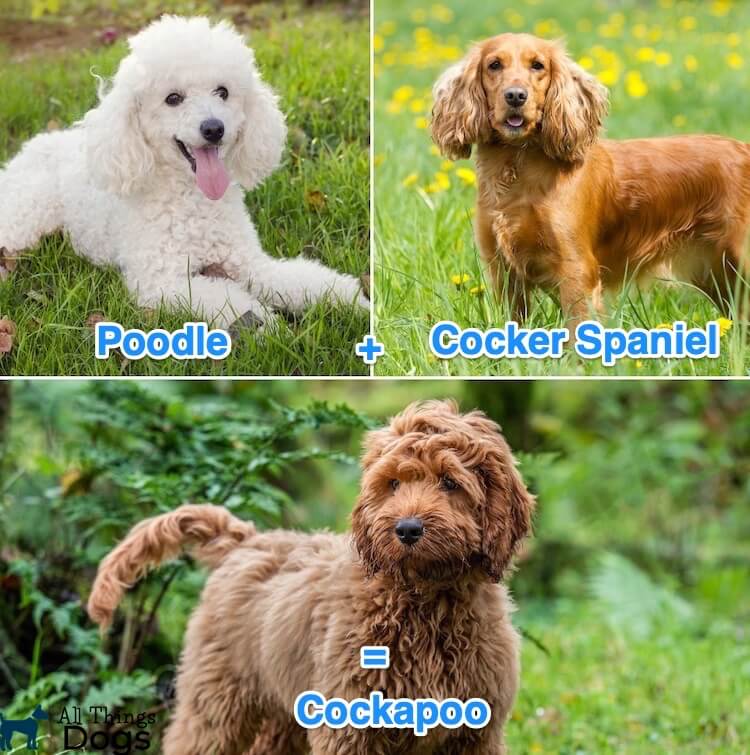
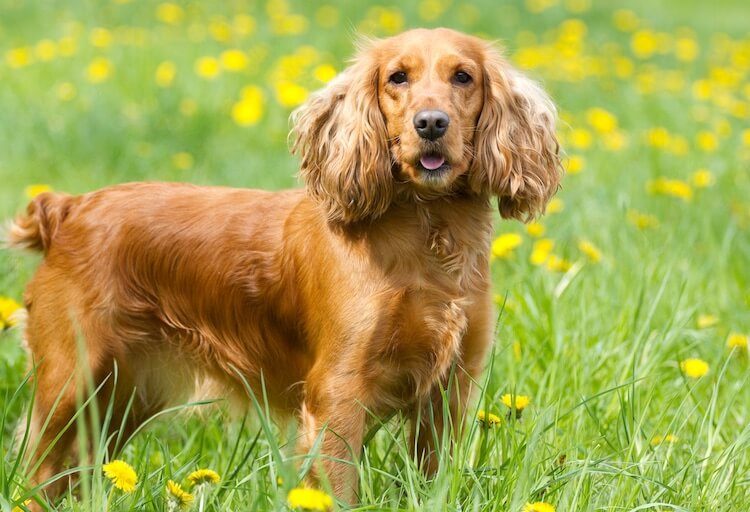
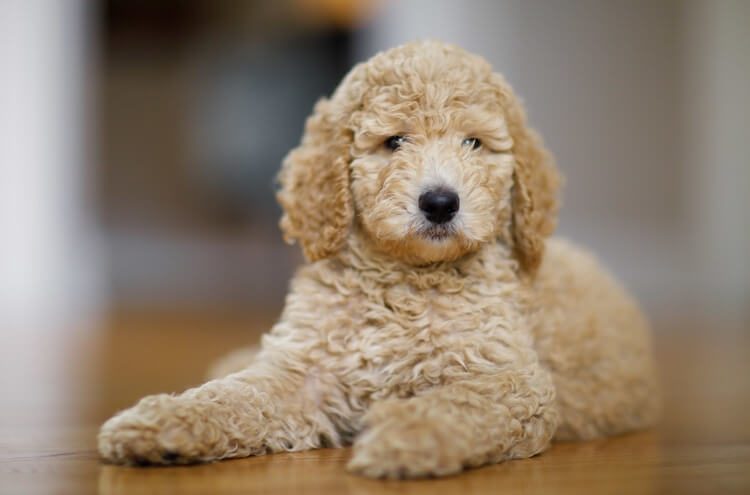

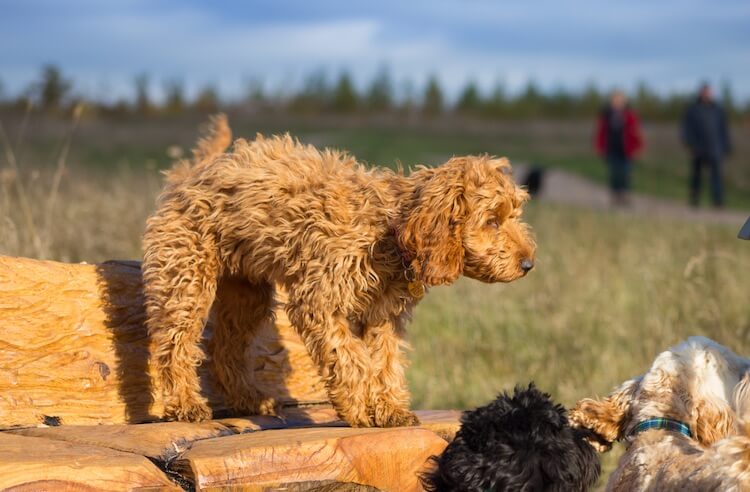
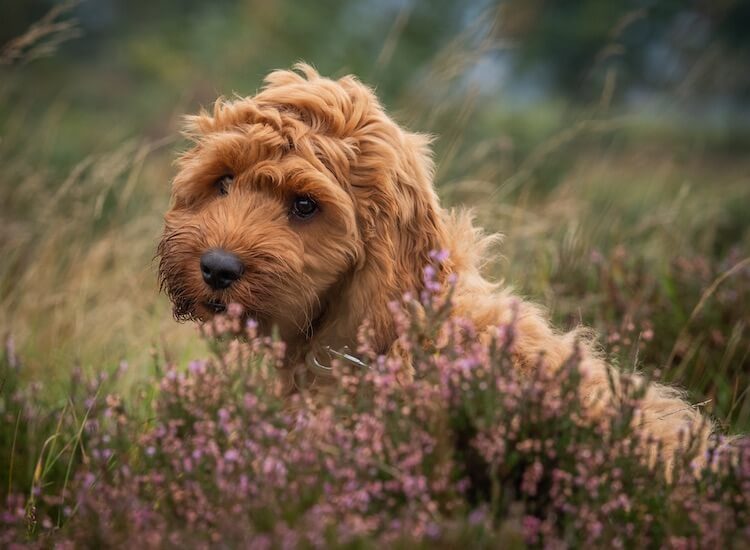
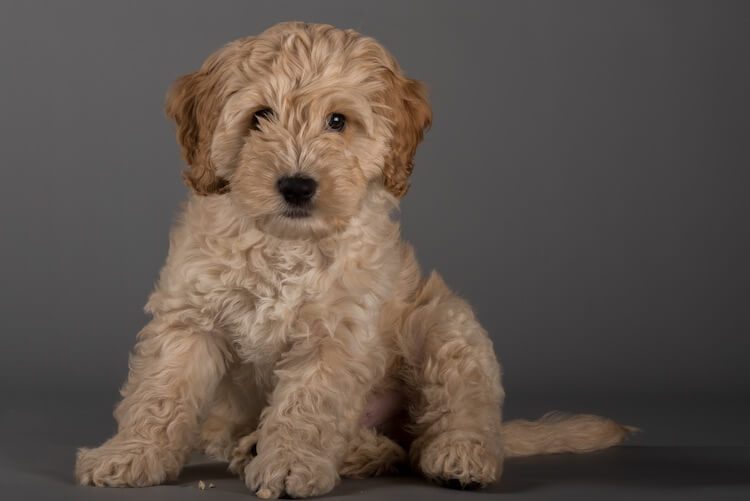
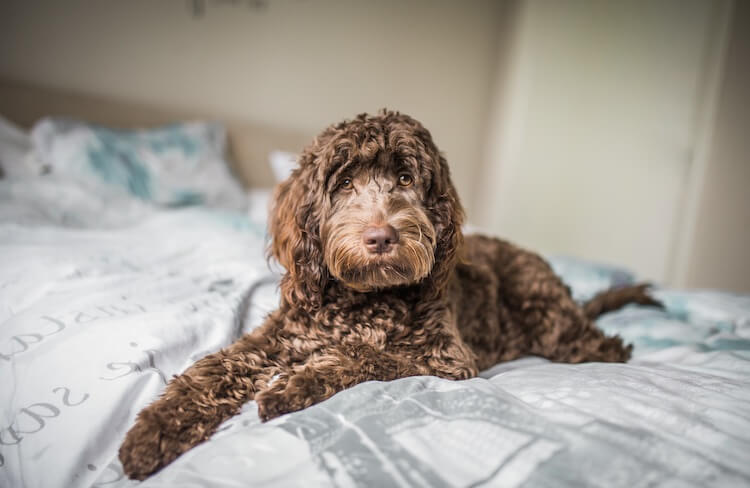
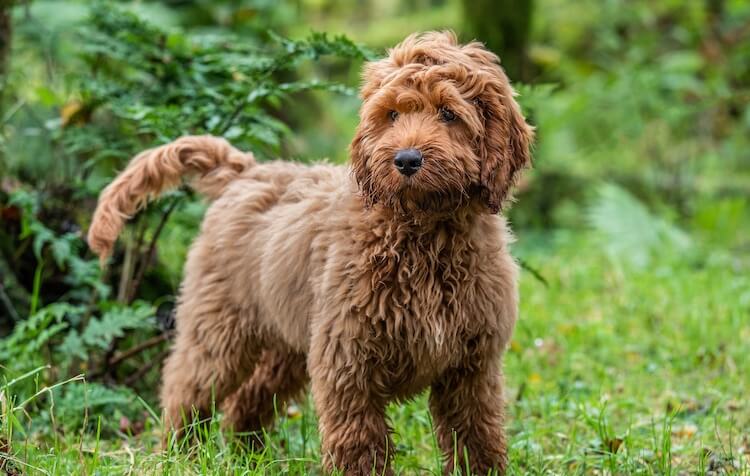



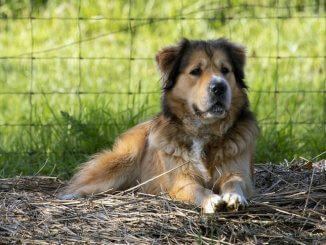
Is a Cockapoo the same as a Cavapoo?
Hi Linda, the Cavapoo is a mix between a Cavalier King Charles Spaniel and a Miniature or Toy Poodle. The Cockapoo is a mix with a Cocker Spaniel (typically American) with a Toy or Miniature poodle.
Loved reading this. My Cockapoo died a few months ago at the age of 15 1/2. She smartest dog I have ever been around. She could catch a frisbee 4 feet in the air and she was only 12 pounds. We would run together up to 2 miles without a leash. She was so well trained and would even pick up her toys on demand. She was so lovable and great with the kids. I miss her everyday.
Our Cockapoo lived till he was 15 years old too. This breed is very special and very feeling. One day I started to cry over a sad part in a movie. He was laying next to me and started to whimper. There’s always that one dog that leaves an indelible mark on your heart.
Our first dog was a Cockapoo, succedded by 3 Cockers. We loved them all!
My Buffy nearly died three times before the age of six weeks. I fostered her and fell in love. She is pad trained, and now, at 5 months, she has paws on the ground. I’m having difficulty trying here to go outside as opposed to the pads. She goes out, sometimes, but seldom goes, then uses the pads.
HI Jessica,
Keep Buffy outside outside until she goes. It may take awhile but wait her out. when she does eventually go praise her like it’s the most amazing thing you have ever seen in your life. They are smart dogs, she will get it. Best of luck